Nakajima Ki-115 Tsurugi (剣, ”Sabre”), Eduard, 1/48
Hi everyone!
This is my Eduard 1/48 Nakajima Ki-115 Tsurugi suicide plane, built as part of this great "Empire of Japan" group build, hosted here, in this fantastic site!
The Nakajima Ki-115 Tsurugi (剣, "Sabre") was a one-man kamikaze aircraft developed by the Imperial Japanese Army Air Force in the closing stages of World War II in 1945. The Imperial Japanese Navy called this aircraft Tōka (藤花, "Wisteria Blossom").
The aircraft's intended purpose was to be used in kamikaze attacks on Allied shipping and the invasion fleet expected to be involved in the invasion of Japan, Operation Downfall, which in the end did not take place.
Because the Japanese High Command thought that Japan did not have enough obsolete aircraft to use for kamikaze attacks, it was decided that huge numbers of cheap, simple suicide planes should be constructed quickly in anticipation of the invasion of Japan.
The aircraft was very simple, being made from "non-strategic" materials (mainly wood and steel). To save weight, it was to use a jettisonable undercarriage (there was to be no landing), so a simple welded steel tube undercarriage was attached to the aircraft. This, however, was found to give unmanageable ground-handling characteristics, so a simple shock absorber was then incorporated. The cross section of the fuselage was circular and not elliptical as were most planes of this size and type; such a fuselage was easier to make.
Tsurugi had an instrument panel with some flight instruments; rudder pedals in addition to joystick type control column, and also a place for a radio. Flight controls included both ailerons and elevators and (in production versions) flaps.
The Ki-115 was designed to be able to use any engine that was in storage for ease of construction and supply, and to absorb Japan's stocks of obsolete engines from the 1920s and 1930s. The initial aircraft (Ki-115a) were powered by 858-kilowatt (1,151 hp) Nakajima Ha-35 radial engines. It is not known if any other engine was ever actually fitted.
After testing the first production aircraft were fitted with the improved undercarriage and two rocket units. These may have assisted with take-off or may have been designed for the final acceleration towards the target.
The aircraft had a top speed of 550 kilometres per hour (340 mph) and could carry a bomb weighing as much as 800 kilograms (1,800 lb), large enough to split a warship in two. However, it was otherwise unarmed, and heavily laden with its bomb, would have been an easy target for enemy fighter aircraft.
The controls were crude, the visibility terrible, and the performance abysmal. Tsurugi had very poor take-off and landing performance and could not be safely flown by anyone other than experienced pilots. There were fatal crashes during testing and training. However new, better versions with improved controls and better visibility were under intensive development. The Japanese High Command had plans to construct some 8,000 per month in workshops all across Japan.
The war ended before any flew in combat. Individually, they would have been rather inefficient weapons, but used in waves of hundreds or thousands they could have been quite destructive.
Of the 105 examples produced, two airframes are known to exist. One example of the Ki-115 on loan to the Pima Air & Space Museum in Tucson, Arizona from the National Air and Space Museum. Another, once displayed as a gate guardian at Yokota Air Base, since 1952 turned over to Japanese authorities and is reportedly at a Japanese museum.
Variants:
Ki-115 Tsurugi: Single-seat suicide attack aircraft. production version.
Ki-230: Single-seat suicide attack aircraft. projected version, none built.
I bought this kit in 2004. It was one of Eduard's great releases back then, creating quite an impact to the modeling world.
The kit looks lovely. It is a profipack version with some nice photoetch (just look at those ignition harnesses!).
The build went together very well. Some decisions had to be made regarding internal and external colors, all converging logically.
Decals went together like a dream, despite being 15+yo, of course with the company of my dear friend, Mr Mark Softer.
Won't bother you with build details. If you are interested, please follow the build sequence, together with my modeller friends comments and advices, through this link:
https://imodeler.com/groups/the-empire-of-japan-1919-1946/forum/topic/nakajima-ki-115-tsurugi-%E5%89%A3-sabre-eduard-1-48/?topic_page=1&num=15
Also, build review here:
https://modelingmadness.com/review/axis/j/jaaf/bomber/pen115.htm
A big THANKS to all followers during this build!
Happy modelling!
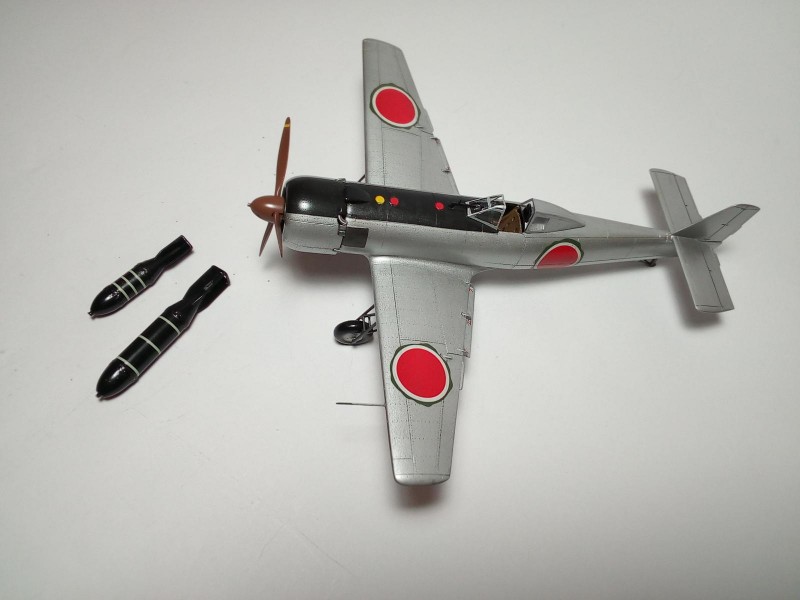
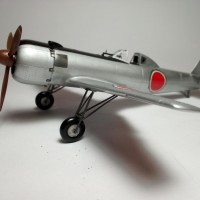
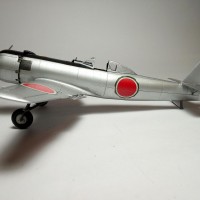
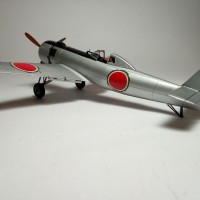
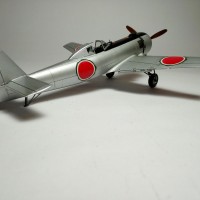
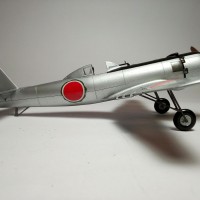
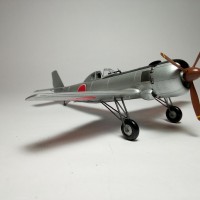
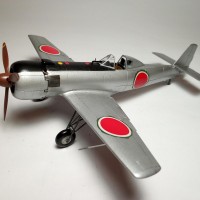
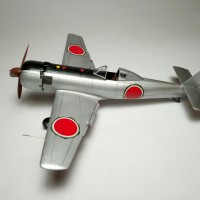
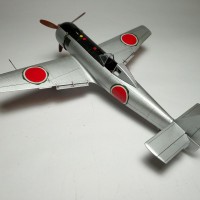
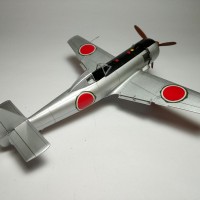
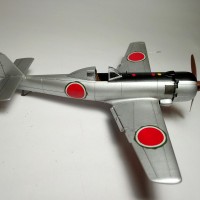
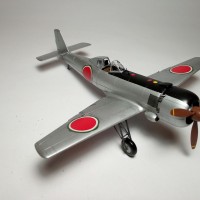
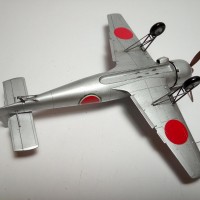

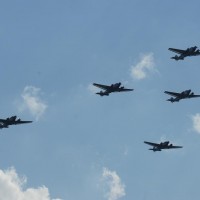
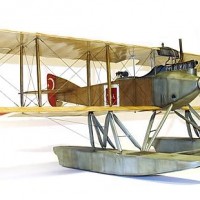

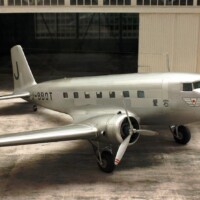
Very interesting build. Nice looking model. Maybe bring down shine in undercarriage a bit. Plane looks dangerous to fly. Reminds a bit about Howard Hughe's racing plane.
Thanks Stellan @stellan!
Indeed it had this reputationof being dangerous to fly. The simple U/C had to be jettisoned after T/O to assist flight characteristics.
Slightly bring down shine in undercarriage seems a good idea.
All the best!
Nice job. Very unusual subject.
Like your pic of your current/future modeler.
Thanks Gary @gwskat!
Spiros my friend - it has been great to follow this build in EoJ GB, and the result is very fine indeed! Now I'm off to the group to see what you have started next 🙂
Thanks my @airbum! It was a nice and great to have you onbard!
(Hint for next project: Navy Type Zero Reconnaissance Seaplane...).
It turned out very nice in the NM finish, really eye catching model Spiros.That thin green paint area surrounding the white of the Hinomaru is decal?
Thanks Pedro @holzhamer!
Yes, it's decal, one piece with the Hinomaru.
Nice work, Spiros! Very interesting subject.
Thanks John @j-healy!
Great looking build, and of an aircraft I had never even heard of before!
Thank you Emberson @embersonfedders!
A rare bird indeed!
I agree, a very unusual subject, looks great!
Thanks Robert @roofrat! Glad you followed along my build!
Spiros, @fiveten
This is a very interesting article, and I enjoyed reading the story behind the plane. It was a great build to watch come together. You did a fantastic job with it, most likely due to your "little helpers". ; )
Well done my friend.
"liked"
Thank you very much Louis @lgardner!
A bigger THANK YOU for your continuous presence, advice and support through this and the past builds at this great GB you envisaged.
All the best, my friend!
Great job Spiros, I like it!
Thanks Dale @dtravis!
Looks great Spiros
Thanks George @blackadder57!
Great looking model Spiros.
Thanks for writing the details about this remarkable aircraft.
Nice work.
Thanks John @JohnB! Glad you liked it, my friend!
Great job!
I just got 2 of these on EBay. lol
Thanks James @jkelleycrna! I loved putting this kit together!
Great build Spiros. Photos show just how temporary this aircraft was meant to be.
3 attached images. Click to enlarge.
Thanks Haslam @Haslam55! The more I read about this crazy machine, the more astonished I became.
Another total winner @fiveten !
Looking at the state of the construction in those incredible photos shared by @haslam55 it is no surprise that they never performed.
Yours on the other hand looks a stunning as ever!
As for your coming Jake - yes some ball barings and blu-tac in behind the engine I added. Can't wait for the next one!
Thank you Paul @yellow10!
Can you imagine they had to jettison the landing gear to make it barely sustain the flight?
Thanks for the Jake weight info! Will use your magnificent build as my guideline.
All the best, my friend!
Beautiful build of a very interesting subject! Well done.
Thanks my friend Greg @gkittinger!
Glad you like it!